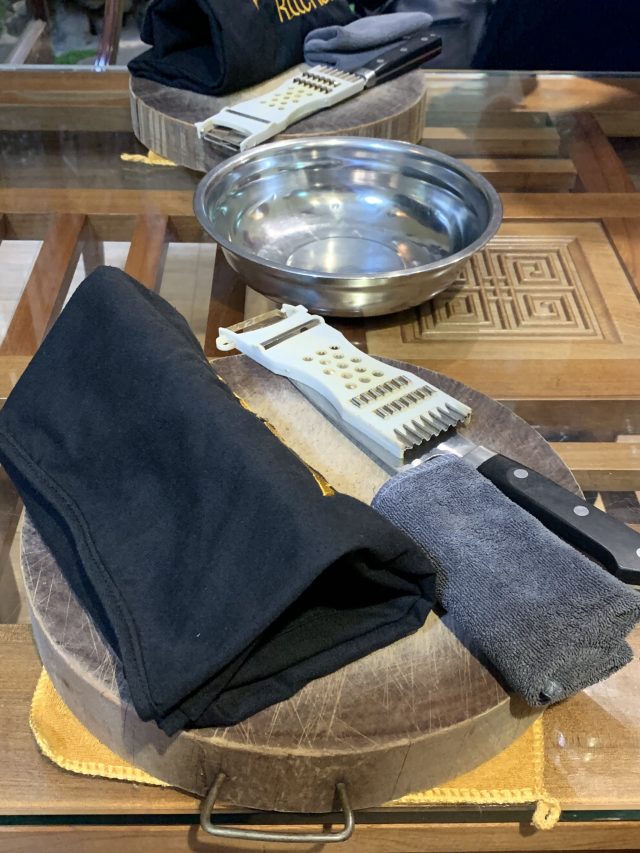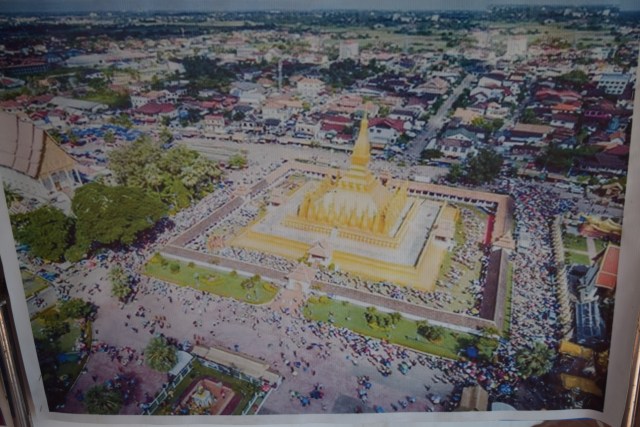One of our favorite memories of our recent trip to Vietnam was taking a cooking class in Hanoi. This was a true cooking class, not a demonstration, where we purchased the food from a local market, prepped all of the ingredients, and did the cooking ourselves with our chef’s instruction. There were only five of us in the class, making it very intimate and interactive. We created a four course meal, which we enjoyed eating family-style after cooking everything.





After buying our ingredients, we went to a local house to prepare our meal. Our dinner included Banana Flower Salad (Nộm Hoa Chuối), which we made from banana leaves, a variety of vegetables, and sautéed beef. Our entrée was Vietnamese Grilled Pork With Rice Vermicelli Noodles (Bún Chả), which originated in Hanoi is a famous dish in the region. We made it with both pork meatballs as well as barbequed pork. To accompany the Bún Chả, we made Vietnamese Fried Spring Rolls (Nem Rán), which are often served as an appetizer as well. For our dessert, we made Vietnamese Egg Coffee (Café Trứng), which is rich and delicious and is made with egg and condensed milk.





It took about five hours to do our shopping, prepping, and cooking, so we were quite hungry by the time our meal was actually ready. The class is offered in both the morning to create lunch or in the afternoon to create dinner, but we chose to do the dinner class and were glad that we did. Our chef was extremely knowledgeable and shared stories with us while we prepared our meal. It is an experience that we would highly recommend to anyone who visits Hanoi. After completing the class, the chef sent us all of the recipes that we made as well as others, which we are looking forward to cooking and sharing in the near future.






























